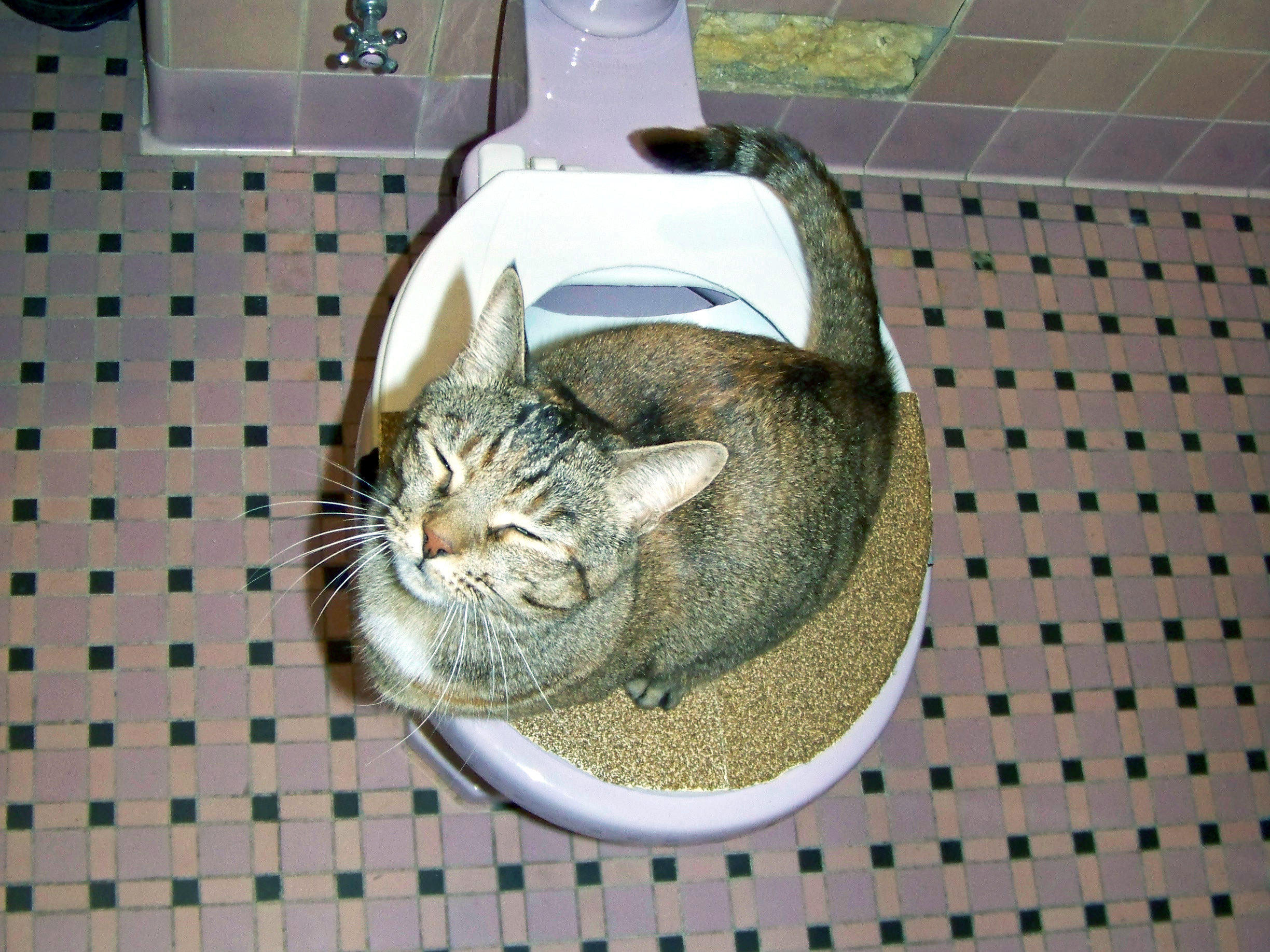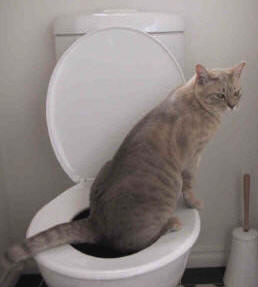Potential Risks of Flushing Cat Poop Down Your Toilet - Tips for Better Handling
Potential Risks of Flushing Cat Poop Down Your Toilet - Tips for Better Handling
Blog Article
Just how do you actually feel with regards to Can You Flush Cat Poo or Litter Down the Toilet??

Intro
As feline owners, it's essential to be mindful of how we throw away our feline good friends' waste. While it may appear practical to purge feline poop down the bathroom, this technique can have harmful effects for both the setting and human health and wellness.
Environmental Impact
Flushing cat poop introduces dangerous microorganisms and bloodsuckers right into the supply of water, posturing a significant threat to aquatic ecosystems. These impurities can negatively influence aquatic life and concession water high quality.
Health and wellness Risks
Along with environmental worries, purging cat waste can also present health risks to human beings. Cat feces may have Toxoplasma gondii, a parasite that can create toxoplasmosis-- a potentially serious health problem, particularly for pregnant women and individuals with weakened body immune systems.
Alternatives to Flushing
Luckily, there are more secure and much more accountable methods to dispose of pet cat poop. Consider the complying with options:
1. Scoop and Dispose in Trash
One of the most typical technique of disposing of feline poop is to scoop it into an eco-friendly bag and throw it in the trash. Be sure to use a specialized trash scoop and take care of the waste quickly.
2. Usage Biodegradable Litter
Go with naturally degradable pet cat litter made from materials such as corn or wheat. These litters are eco-friendly and can be securely thrown away in the trash.
3. Hide in the Yard
If you have a backyard, take into consideration hiding pet cat waste in a marked area away from veggie yards and water resources. Be sure to dig deep enough to avoid contamination of groundwater.
4. Mount a Pet Waste Disposal System
Invest in an animal garbage disposal system specifically developed for feline waste. These systems make use of enzymes to break down the waste, decreasing odor and environmental effect.
Final thought
Liable family pet ownership prolongs past providing food and shelter-- it also entails proper waste management. By avoiding flushing feline poop down the commode and selecting alternative disposal methods, we can decrease our ecological footprint and shield human health.
Why Can’t I Flush Cat Poop?
It Spreads a Parasite
Cats are frequently infected with a parasite called toxoplasma gondii. The parasite causes an infection called toxoplasmosis. It is usually harmless to cats. The parasite only uses cat poop as a host for its eggs. Otherwise, the cat’s immune system usually keeps the infection at low enough levels to maintain its own health. But it does not stop the develop of eggs. These eggs are tiny and surprisingly tough. They may survive for a year before they begin to grow. But that’s the problem.
Our wastewater system is not designed to deal with toxoplasmosis eggs. Instead, most eggs will flush from your toilet into sewers and wastewater management plants. After the sewage is treated for many other harmful things in it, it is typically released into local rivers, lakes, or oceans. Here, the toxoplasmosis eggs can find new hosts, including starfish, crabs, otters, and many other wildlife. For many, this is a significant risk to their health. Toxoplasmosis can also end up infecting water sources that are important for agriculture, which means our deer, pigs, and sheep can get infected too.
Is There Risk to Humans?
There can be a risk to human life from flushing cat poop down the toilet. If you do so, the parasites from your cat’s poop can end up in shellfish, game animals, or livestock. If this meat is then served raw or undercooked, the people who eat it can get sick.
In fact, according to the CDC, 40 million people in the United States are infected with toxoplasma gondii. They get it from exposure to infected seafood, or from some kind of cat poop contamination, like drinking from a stream that is contaminated or touching anything that has come into contact with cat poop. That includes just cleaning a cat litter box.
Most people who get infected with these parasites will not develop any symptoms. However, for pregnant women or for those with compromised immune systems, the parasite can cause severe health problems.
How to Handle Cat Poop
The best way to handle cat poop is actually to clean the box more often. The eggs that the parasite sheds will not become active until one to five days after the cat poops. That means that if you clean daily, you’re much less likely to come into direct contact with infectious eggs.
That said, always dispose of cat poop in the garbage and not down the toilet. Wash your hands before and after you clean the litter box, and bring the bag of poop right outside to your garbage bins.
https://trenchlesssolutionsusa.com/why-cant-i-flush-cat-poop/

Do you appreciate more info about Don’t flush cat feces down the toilet? Try leaving feedback directly below. We would be interested to hear your reactions about this blog. In hopes to see you back again later on. Sharing is good. You never know, you could be doing someone a favor. Thank you so much for taking the time to read it.
Contact Report this page